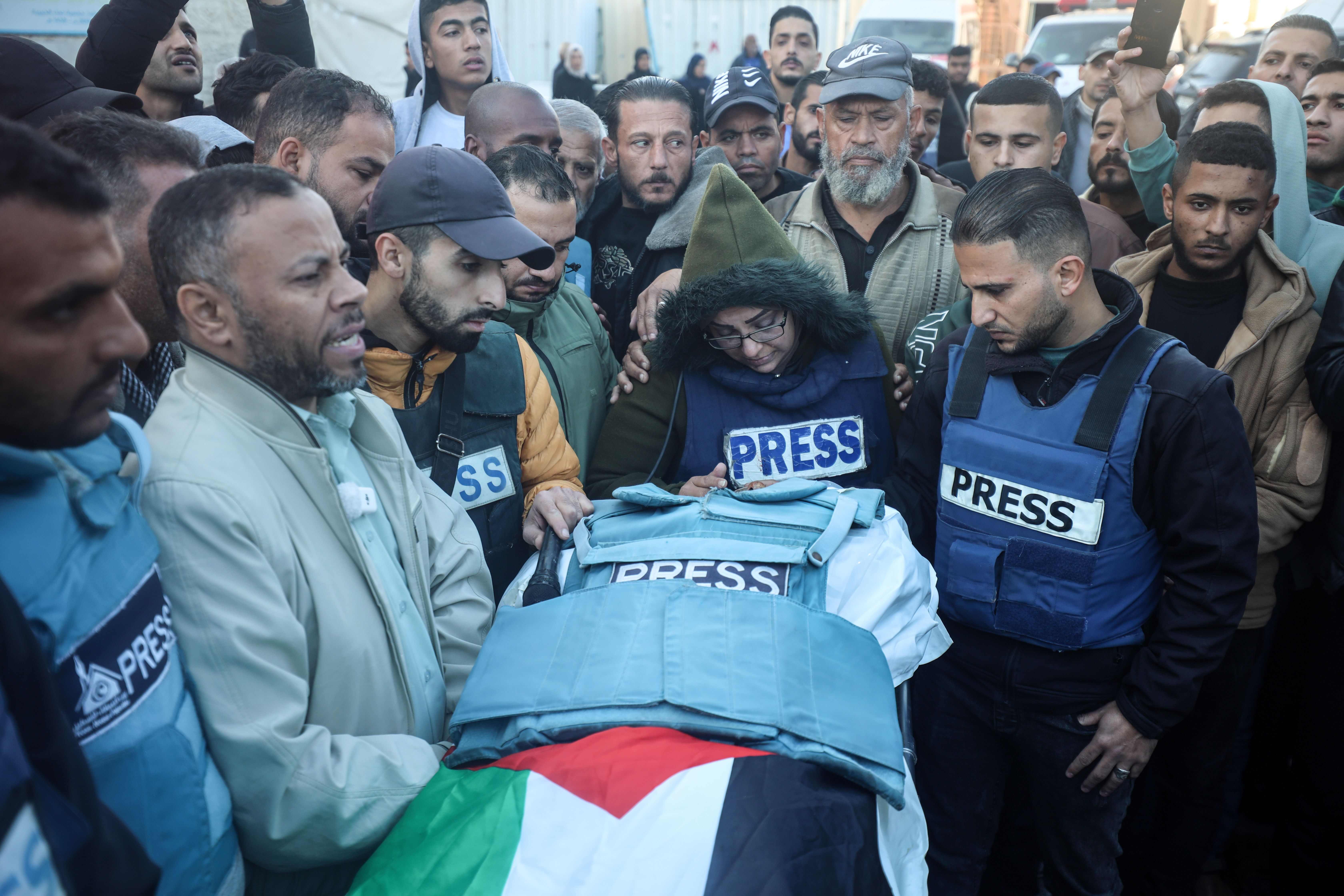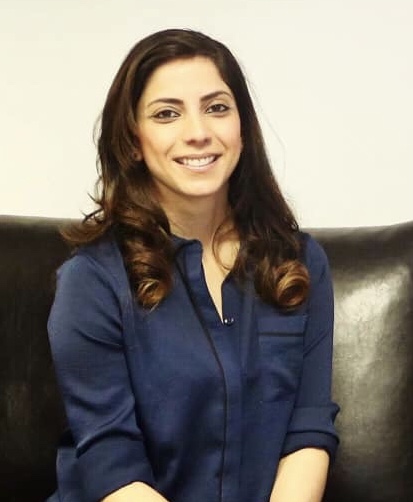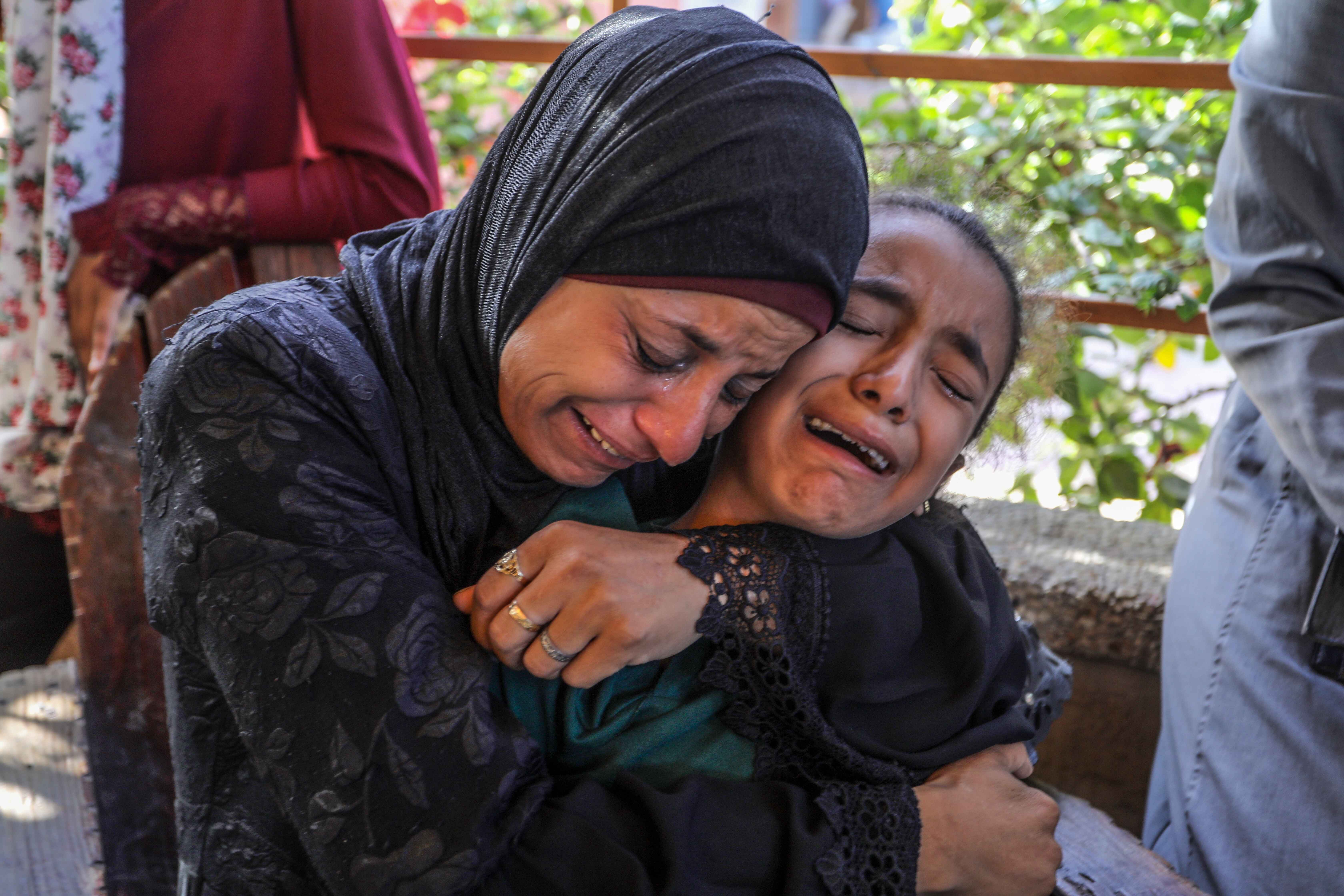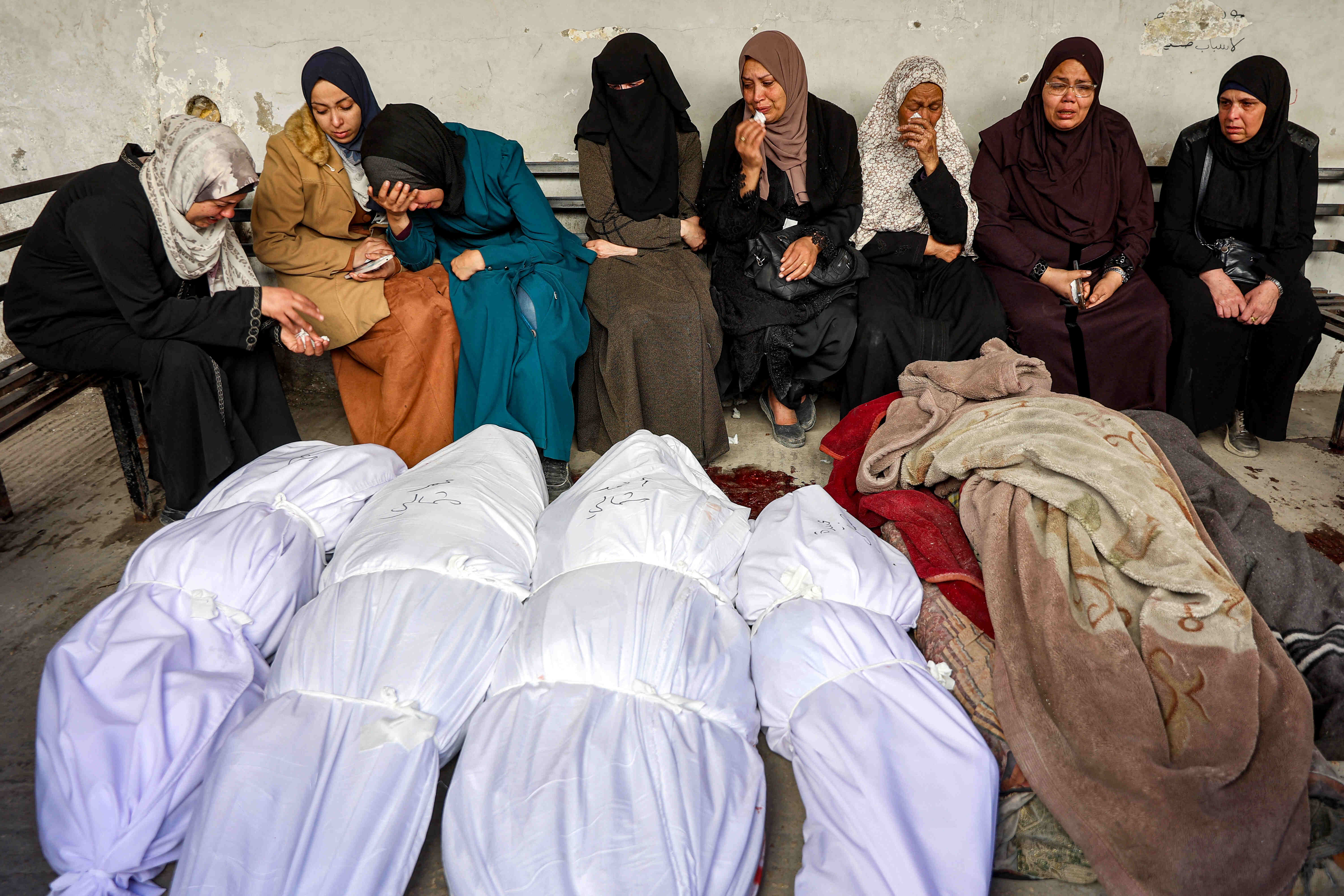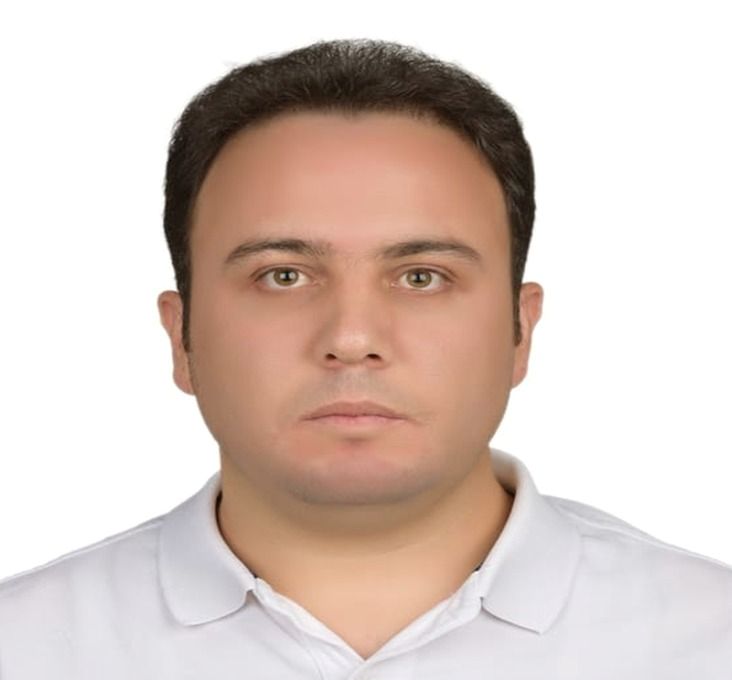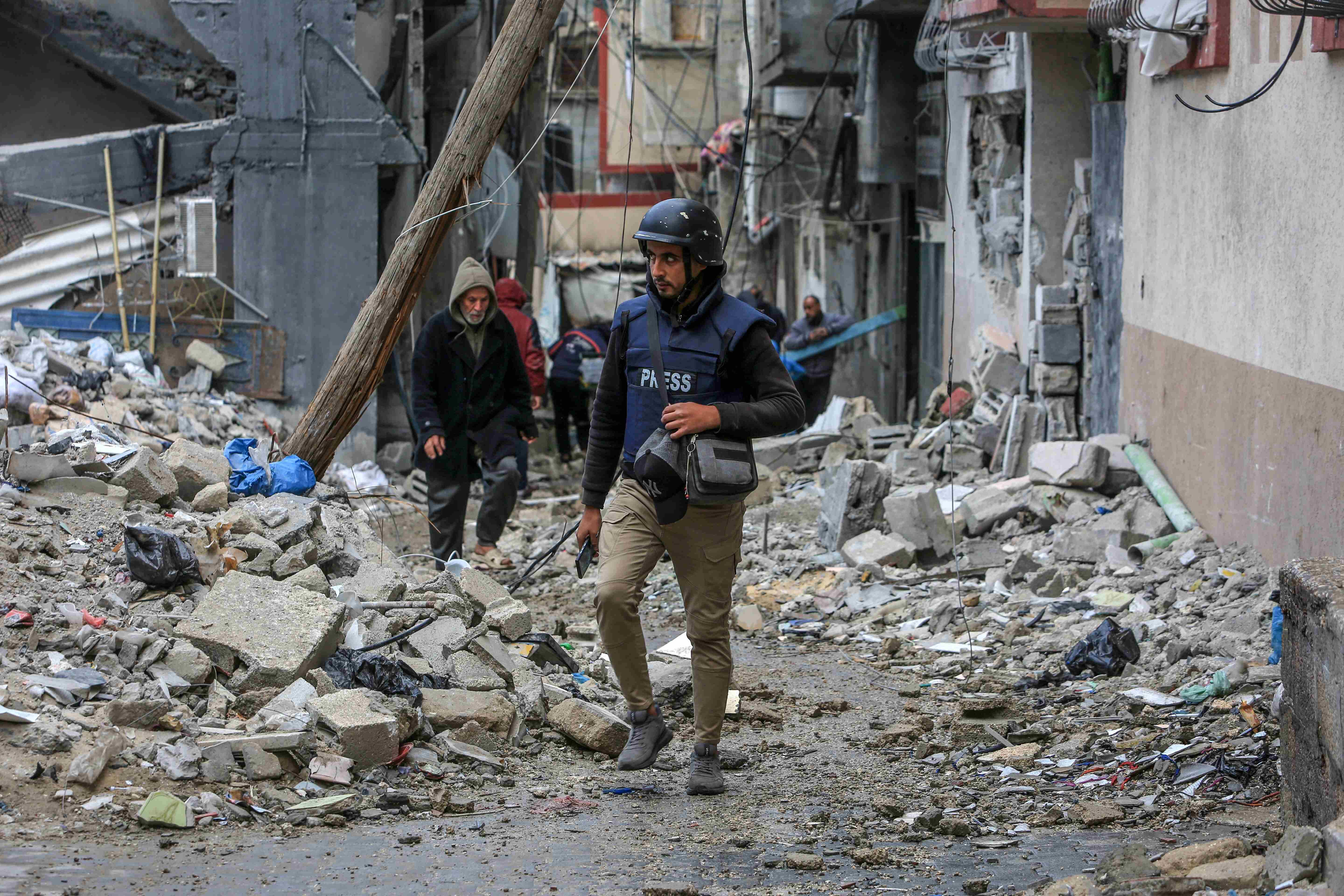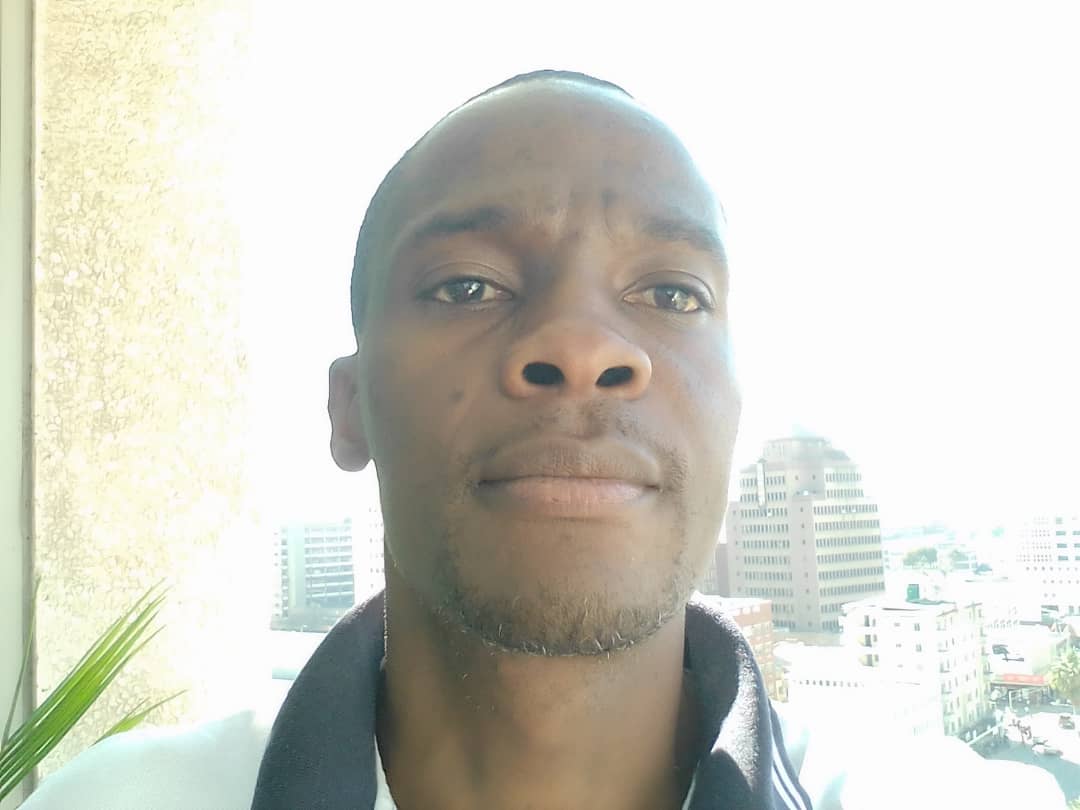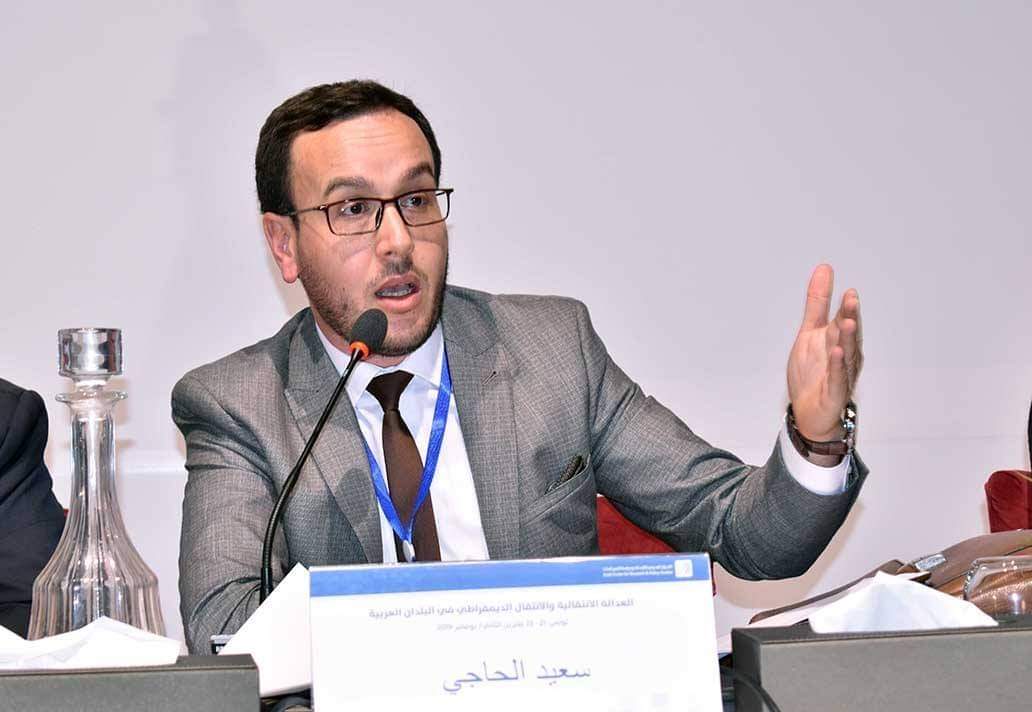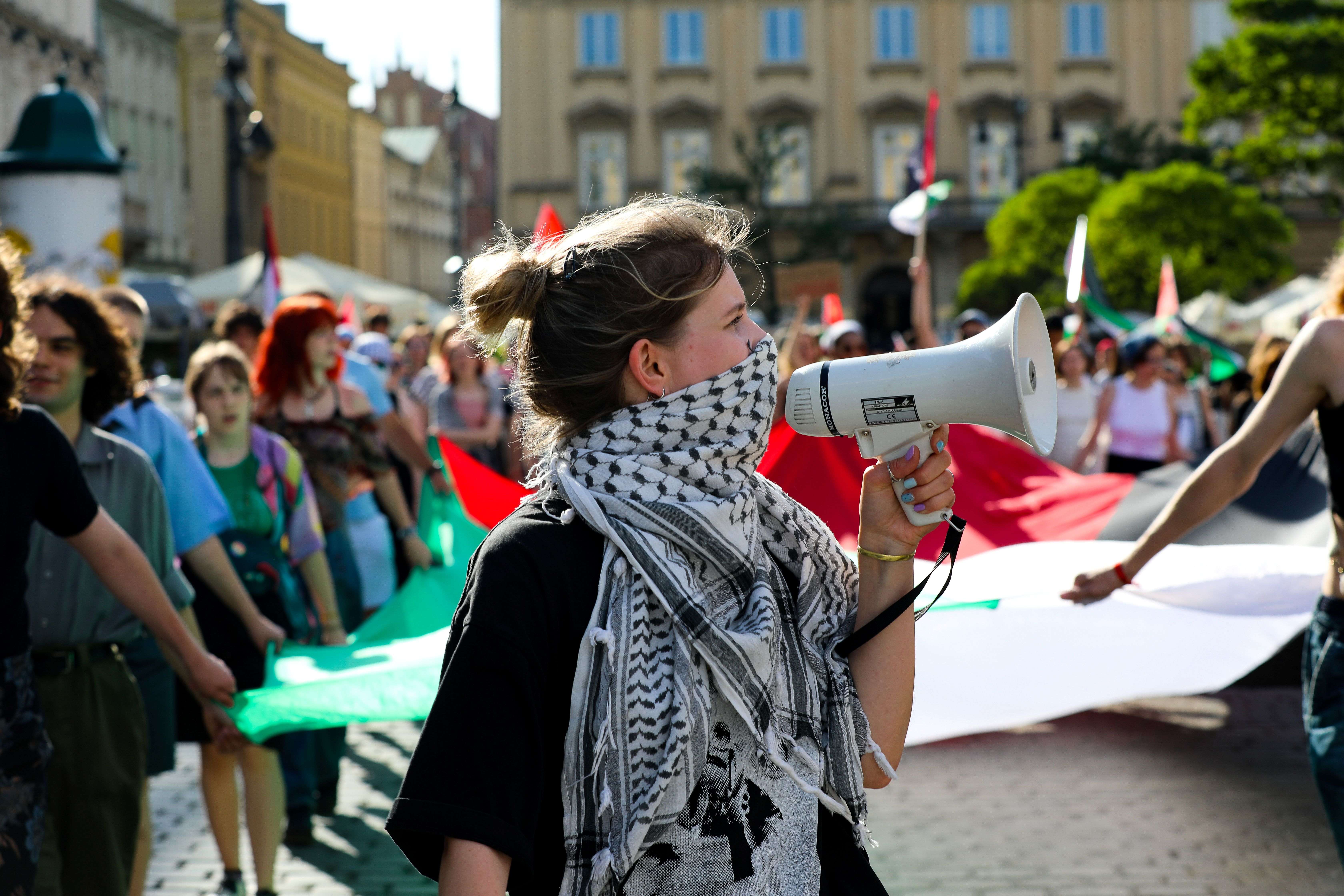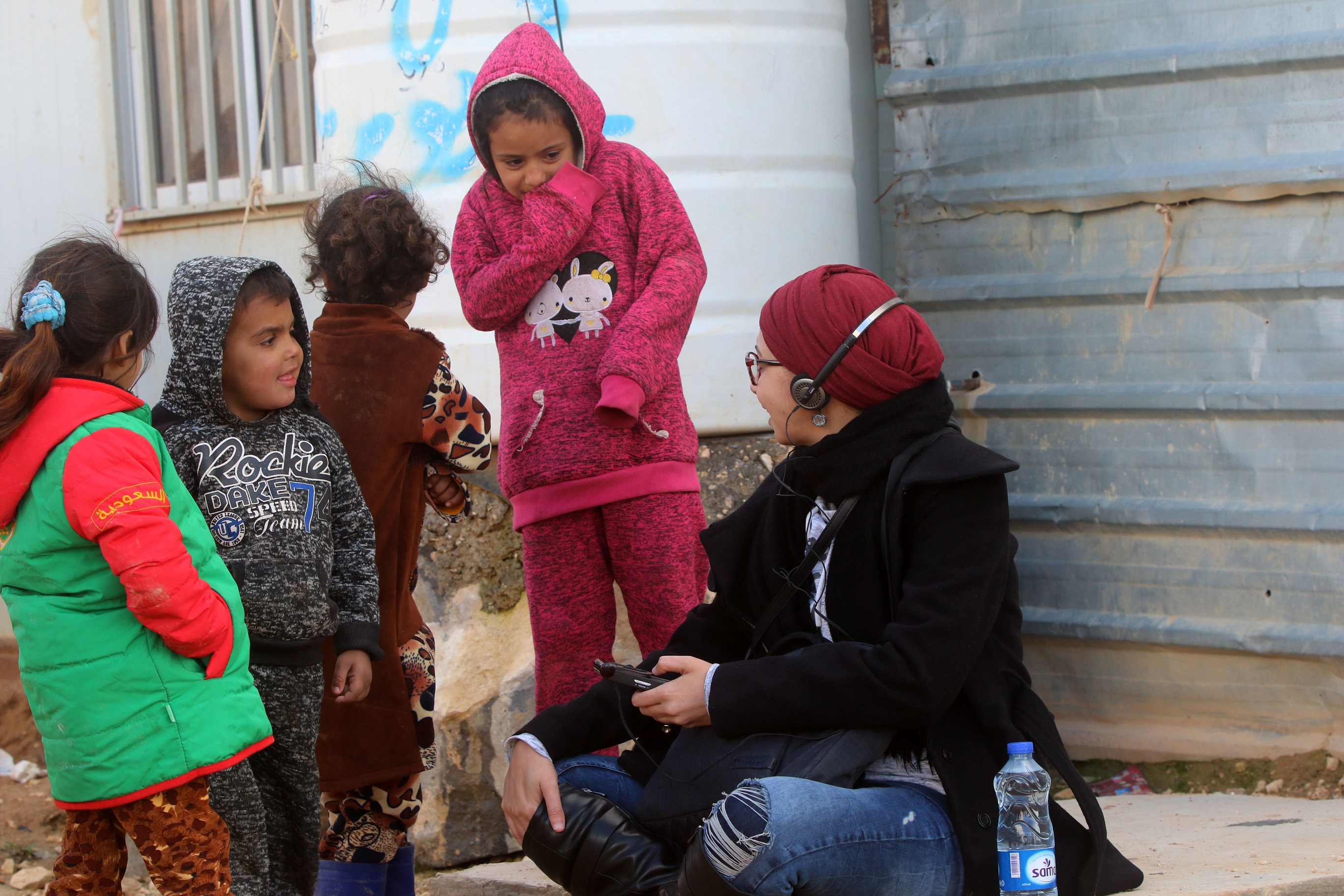في كل مرة تتصدر فيها الأحداث في فلسطين عناوين الأخبار، تخلع المؤسسات الصحفية الغربية الكبرى (Mainstream Media) عباءة المهنية والموضوعية، وترتدي عباءة الإعلام الحربي الإسرائيلي في روايتها. وخلال لحظات تتحول الاعتداءات على مدنيين عُزل إلى "اشتباكات"، وتتحول غارات الطائرات الإسرائيلية على قطاع غزة إلى "رد مبرر" وممارسة لـ “حق الدفاع عن النفس" في سردية الإعلام الغربي.
هذا التحول الفج من الموضوعية التي تسير بحذر على خطوط المهنية والأخلاقية الصحفية في كافة القضايا، إلى البروباغاندا الممنهجة للرواية الإسرائيلية كلما تعلق الأمر بالاعتداءات الإسرائيلية على الفلسطينيين، ليس جديدًا، لكن هذه التحيّزات ظهرت في أحداث القدس الأخيرة واضحة جدًا.
نماذج من تحيّز الإعلام الغربي
في قضية حي الشيخ جراح، كثير من وسائل الإعلام الغربية الكبرى لم تتناولها إلا قبل يوم أو يومين، وبصياغة مضللة واضحة؛ فصحيفة نيويورك تايمز-على سبيل المثال- نشرت تقريرًا صحفيًا تصور فيه قرار سلطات الاحتلال الإسرائيلي بطرد الفلسطينيين من بيوتهم باعتباره قرار "إخلاء" قضائي، وكأن الأزمة هي صراع بين "مُلاك" و"مستأجرين" وليست عملية تطهير عرقي ممنهج للأحياء الفلسطينية في القدس.
كما أن التقرير ركّز، بشكل كبير، على نقل رواية مصادر إسرائيلية بينما لم يستند إلا على مصدر فلسطيني واحد في نهاية التقرير وفي سياق محدود، وهو ما يضرب قيم الموازنة والموضوعية الصحفية عرض الحائط، ويحوّل مادة صحفية يستهلكها الجمهور على اعتبار أنها مادة "موضوعية"، إلى خطاب دعائي ممنهج للرواية الإسرائيلية. فضلًا عن استخدام عدة مصطلحات غير موضوعية في التقرير؛ من قبيل مصطلح (Captured) بمعنى استحواذ بدلًا من مصطلح احتلال (Occupied) في وصف الاحتلال الإسرائيلي لشرق القدس عام 67، على الرغم من أن كافة القوانين الدولية تُصنّف ما حدث بأنه "احتلال" إلا أن نيويورك تايمز قررت عدم استخدام هذا المصطلح وأطرت ما حدث بمصطلح فضفاض.
تحيّز نيويورك تايمز في المادة السابقة ليس جديدًا أيضًا؛ إذ وجدت دراسة كميّة في جامعة بيتسبرغ الأميركية عام 2010، بعد تحليلها 91 مادة نُشرت في الصحيفة خلال العدوان الإسرائيلي على قطاع غزة (ديسمبر2008 – يناير 2009)، أن نيويورك تايمز ركزّت على عدد الضحايا الفلسطينيين في تلك الحرب بالعناوين الرئيسية أو الفقرات الأولى من مقالاتها بنسبة 3% فقط، علمًا بأن الضحايا الفلسطينيين كانوا أكثر من مئة ضعف من عدد الإسرائيليين الذين قتلوا أو أصيبوا في العدوان. كما وجدت أن الصحيفة غطّت 431% من أخبار القتلى الإسرائيليين مقارنة بـ 17% فقط للفلسطينيين.
وكالة رويترز للأنباء واجهت هي الأخرى انتقادات كبرى من طرف نشطاء وصحفيين بعد نشرها تقريرًا حول حادثة دهس مستوطن إسرائيلي لشاب فلسطيني، والذي جاء بعنوان (بالإنجليزية): "فلسطينيون يرمون الحجارة على سيارة إسرائيلي، مما أدى إلى اصطدامها" متجاهلة تمامًا ذكر حادثة الدهس التي ارتكبها المستوطن في العنوان في سعيها لإظهار الإسرائيلي كضحية بدلًا من أنه متهم بجريمة ترقى للشروع بالقتل بحق مواطن فلسطيني.

أما قناة DW الألمانية، فقد نشرت خبرًا عبر صفحتها الرسمية على تويتر (بالإنجليزية): "السلطات الصحية الفلسطينية في غزة تقول إن عشرين شخصا، من بينهم تسعة أطفال، قتلوا أثناء قتال مع إسرائيل".
كما أن استخدام مصطلح "قتال Fighting" يُخيّل للقارئ أن هناك حربًا بين قوتين عسكريتين نظاميتين فلسطينية وأخرى إسرائيلية، نتج عنها مقتل "20 جنديًا" فلسطينيًا، بينما الحقيقة أن هؤلاء قتلوا أثناء قصف جوي عشوائي أودى بحياة مواطنين من بينهم 9 أطفال. إلا أن هذا التأطير وبهذه الصياغة، يهدف إلى جعل قتلهم مبررًا ضمن ما يتم تصويره كعملية عسكرية متكافئة الأطراف أو ما يُسمى جزافا بـ "حق الدفاع عن النفس"، وهو ما يعد تزييفًا واضحًا للحقائق وتبريرًا للقصف الإسرائيلي.

التلاعب بالمصطلحات
هذا التحيّز الواضح استمر أيضًا في وسائل إعلام أخرى تعمّدت استخدام مصطلحات تجعل الفلسطينيين والإسرائيليين قوتين متكافئتين، في الوقت الذي تشير فيه الحقائق إلا أن ما يحدث هو اعتداء من قوة عسكرية مسلحة على متظاهرين عُزّل لا يُسمح لهم بامتلاك السلاح أصلًا. لذا فإن مصطلحات مثل "اشتباكات" أو "مواجهات" تؤطر الأحداث بشكل غير موضوعي، وتزيف حقيقة ما يحدث على الأرض بشكل يخدم فقط الرواية الإسرائيلية. وبصياغة أكثر وضوحًا، فإن استخدام هذه المصطلحات يؤدي إلى المساواة بين الضحية والجلاد وتضعهم في كفتين متوازيتين من القوة العسكرية.
كما أن التحيّز للرواية الإسرائيلية، يتجلّى أيضًا في عدم التركيز على الاعتداءات والجرائم التي ترتكبها قوات الاحتلال ضد الفلسطينيين في الأحداث الأخيرة، والتركيز فقط على الأحداث التي يُمكن لتلك المؤسسات الصحفية أن تمارس فيها نوعًا من التأطير لصالح الرواية الإسرائيلية.
لنأخذ مثلًا هذا التقرير لـ BBC حيث يبدأ التقرير بوصف القصف الإسرائيلي على غزة على أنه رد فعل مكافئ لإطلاق المقاومة الفلسطينية لصواريخ تجاه إسرائيل. وبصرف النظر عن عدم موضوعية هذه المقارنة بالنظر إلى أن الأضرار البشرية والمادية التي تسببها الصواريخ لا تقارن، إطلاقًا، بالأضرار البشرية التي يوقعها القصف الإسرائيلي على القطاع؛ إلا أن التقرير ذاته يعود ليقول إن الشرطة الإسرائيلية كانت تطلق قنابل الصوت تجاه الفلسطينيين الذين كانوا يرمون الحجارة "وأشياء أخرى" على الشرطة، دون التطرق لمنطق حق الدفاع عن النفس الذي أصر عليه التقرير في البداية. المنطق الذي يتبناه التقرير هو أن الدفاع عن النفس لا ينطبق على حالة الفلسطينيين الذين كانوا يرمون الحجارة لصد اقتحامات المستوطنين واعتداءات الشرطة عليهم، في المقابل يسعى التقرير لتأطير كل الأفعال الإسرائيلية وكأنها أفعال "دفاع عن النفس" ضد "هجمات" الفلسطينيين.
نزع السياق كوسيلة للتضليل
بالعودة لأحداث حي الشيخ جراح، فإن تجنّب الإشارة للسياق الأكبر، وهو عمليات التوسع الاستيطاني الذي تمارسه سلطات الاحتلال في خلفيات التقارير الصحفية حول الموضوع، يُعدّ نوعًا من التضليل الذي يصوّر القضية وكأنها قضية هامشية لمجموعة قليلة من الأسر "المستأجرة" التي ترفض "قرارًا قضائيًا" بالإخلاء. بينما الحقيقة تقتضي أن تنقل الصورة والتي تؤكد أن ما يحدث يشكل فصلًا جديدًا من عمليات الطرد القسري للفلسطينيين والتطهير العرقي للأحياء العربية في القدس الذي تمارسه إسرائيل بشكل ممنهج منذ عقود.
الدكتور محمد المصري، رئيس قسم الإعلام والدراسات الثقافية في معهد الدوحة للدراسات العليا وأستاذ الاتصال في جامعة شمال ألاباما، قال لـ "مجلة الصحافة" إن هناك لائحة طويلة من الدراسات التجريبية التي تُظهر انحياز وسائل الإعلام الأميركية الكبرى الواضح للرواية الإسرائيلية عندما يتعلق الأمر بالصراع الفلسطيني – الإسرائيلي. ويبرز أن هذا الانحياز يظهر جليًا في عدة ممارسات؛ أبرزها محاولة تغييب السياق المتعلق بالصراع، وأن "الأعمال الإجرامية الإسرائيلية إما يتم التستر عليها بالكامل أو تأطيرها كأعمال دفاع عن النفس. الإسرائيليون يؤطَرون دائمًا كضحايا مقابل تأطير الفلسطينيين كمعتدين".
ويضيف المصري في نفس السياق "إذا كان هناك قارئ يعتمد فقط على رواية الإعلام الأميركي دون أي معرفة سابقة عن الصراع (القضية الفلسطينية)، فإنه سيكون من المستحيل عليه إدراك حقيقة أن الفلسطينيين يتعرضون لتطهير عرقي ويواجهون احتلالًا عسكريًا غير قانوني".
وحول أسباب هذا التحيز، يقول المصري، إن "الأسباب عديدة ومن الصعب تحديدها بوضوح، إلا أن أبرزها هو ميل مؤسسات الأخبار الأميركية إلى اتباع مواقف السياسة الخارجية الأميركية"، وهذا يتضح من خلال اعتمادها على المصادر الرسمية بشكل كبير عند تعاملها مع الملفات الخارجية، وهو ما ينسحب أيضًا على تركيز معظم الصحفيين الأميركيين على اللجوء للمصادر الإسرائيلية كمصادر رئيسية عندما يتعلق الأمر بتغطية القضايا المرتبطة بالصراع الفلسطيني الإسرائيلي، حسب تعبيره.
انتقائية الإعلام الغربي للقضايا التي يغطيها عندما يتعلق الأمر بالقضية الفلسطينية، وتركيزه بشكل كبير على الأخبار التي تُظهر إسرائيل كضحية مقابل تأطير الفلسطينيين كمعتدين، ظهرت جلية في الأحداث الأخيرة. إذ يمكن تتبع تلك التغطيات وملاحظة أن وسائل الإعلام كانت تنتظر وقوع أحداث، يمكن استغلالها وتحويرها لتخدم الرواية الإسرائيلية، لتبدأ بالنشر حول القضية. كما أنها تتعمد، بشكل غير مهني وغير متوازن، الاعتماد على المصادر الإسرائيلية بشكل بارز في قصصها مقابل مصادر محدودة جدًا تمثّل الرواية الفلسطينية في المواد الصحفية.
هذا التحيّز الذي يضرب أسس العمل الصحفي وأخلاقياته، يجعلنا نتساءل كصحفيين عن مهنية الوقوف على مسافة واحدة من كافة الأطراف كما تنص أساسيات العمل الصحفي. كما يفرض علينا التفكير جليًا في أخلاقيات العمل الصحفي إذا لم يكن منحازًا للصوت الأضعف الذي يواجه ترسانة إعلامية كبرى تحاول تزييف حقيقة ما يقع عليه من ظلم واستبداد من سلطة احتلال.









